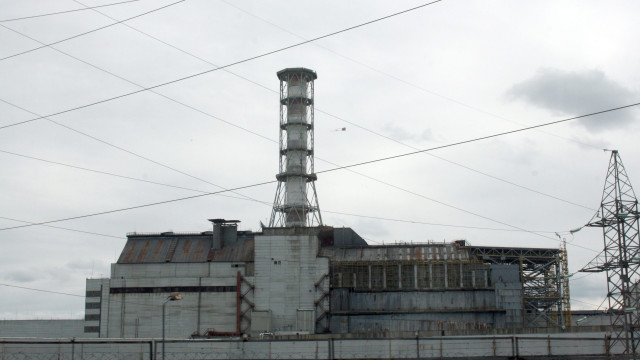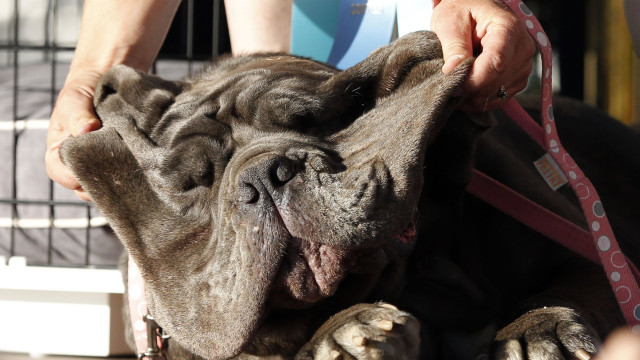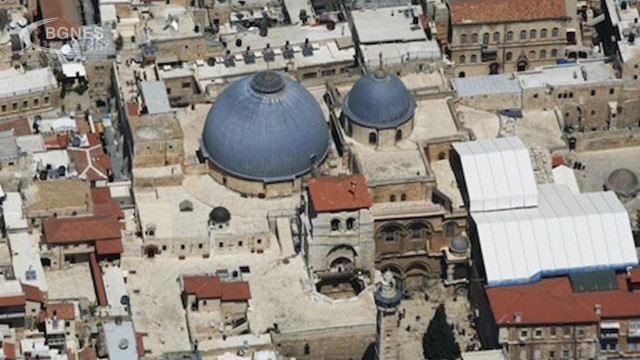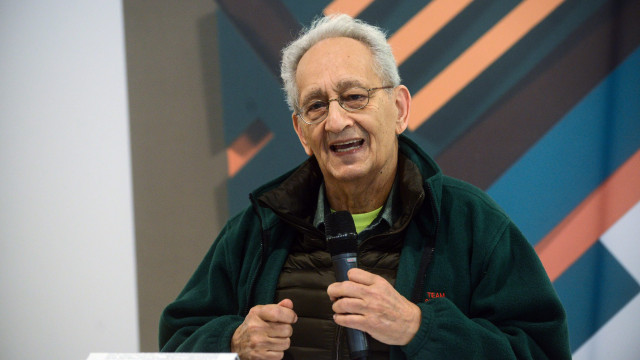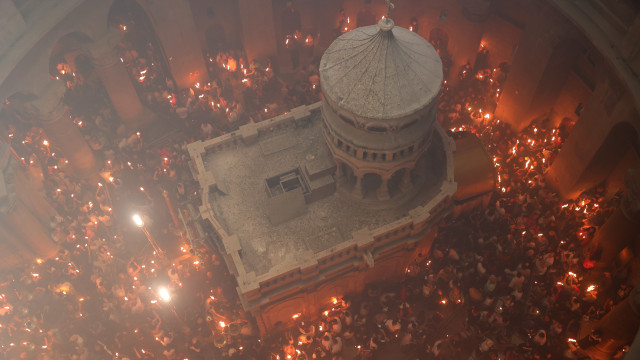Today marks the 38th anniversary of the worst nuclear disaster in history.
In the early hours of Saturday, April 26, 1986, reactor number four at the Chernobyl nuclear power plant suffered a catastrophic explosion, spewing clouds of radioactive material. The accident has devastating consequences.
During the 1986 crash, Ukraine and part of the Soviet Union. Pripyat is a city built for the nuclear power plant workers and their families. 200,000 people will be evacuated within hours.
The incident comes after engineers at the plant were carrying out a test to see what would happen in a power outage. After cutting power to some systems, engineers are unaware that the reactor is already unstable. The reduced power slows the turbines that push cooling water to the reactor. With less water to cool the system, what's left turns into steam, creating enormous pressure. By the time the operators realize what's going on, it's too late. The explosion was so powerful that it dislodged the reactor's 1,000-ton steel cover - the same weight as three Boeing 747 passenger jets. The explosion also sparked a fire that burned uncontrollably.
According to a 2006 Greenpeace report, the Chernobyl disaster resulted in over a quarter of a million cases of cancer, of which nearly 100,000 were fatal. In 2011, the Union of Concerned Scientists, a non-governmental organization, estimated that the death toll from Chernobyl would range around 25,000 – six times the UN estimate. And according to the International Agency for Research on Cancer, the incident will claim the lives of 16,000 Europeans by 2065.
The incident in northern Ukraine was a combination of faulty design and operational error that created a deadly radioactive cloud. The Chernobyl NPP reactors were shut down and later decommissioned. #4 is fenced off with an unstable concrete cocoon.
In the coming days, the scale of the disaster will become clear.
"Liquidators" - the name given to the workers who help contain the explosion and the exposed nuclear core - were dispatched. Exterminators face high doses of radiation to do their job. They include firefighters and miners from nearby areas.
Scientists fear that another explosion could occur, producing a force of three to five megatons and exposing all of Europe to massive radioactive contamination. The work of liquidators is vital to stopping future explosions. As a result of their actions, many workers suffered severe health problems from the radiation.
In the days following the disaster, the leadership of the Soviet Union tried to cover up the incident. However, it wasn't long before other countries realized that something was wrong. Monitoring stations in Europe are reporting unusually high levels of radiation.
Officials pressed the Soviets for an explanation, and Moscow eventually acknowledged the Chernobyl accident. This caused international outcry around the world about the dangers posed by radioactive emissions. The consequences have enormous political and economic implications. In the following years, the Soviet Union came under great pressure and underwent massive changes.
When the Chernobyl power plant exploded, it wasn't just the then USSR that was affected. The poisonous radiation that escaped into the atmosphere floated over many European countries, including Bulgaria.
In the immediate aftermath of the explosion, scientists were trying to figure out how to control both the heat and radioactivity leaking from the reactor's exposed core.
The reactor is covered by a giant "sarcophagus" made of steel and concrete to stop more radiation from escaping. The sarcophagus was built quickly, in an attempt to get the problem under control immediately, and was never intended to last very long. In the coming years, it is believed to be in danger of collapse and a new solution is needed.
In 2010, construction began on a larger steel enclosure known as the New Safe Confinement. In 2016, work on the new coating was completed and the huge steel arch was moved into place within a few weeks. Unlike the original sarcophagus, the new one is designed to last for a long time - around 100 years - and will allow the reactor to be safely dismantled from the inside using remote-controlled equipment. There are still huge amounts of dangerous radioactive material in the reactor and it will take many more years before it is completely safe. The project costs about 1.5 billion euros.
The power plant, the city and the surrounding areas will be too dangerous to live in for hundreds of years. Around the power plant is a 30-kilometer exclusion zone that was a popular tourist destination before Russia's full-scale invasion of Ukraine in 2022.
Today, some of the belongings of the inhabitants of Pripyat can still be seen - exactly where they were left 38 years ago. Yet in the decades since, scientists have been surprised by how well nature is recovering in the area.
The animals have suffered from the radiation, but they benefit from the absence of humans. Now the area is rich in different species of wildlife and is home to wolves, wild horses, wild boars, lynxes and packs of stray dogs.
The effects of the disaster on the surrounding forest and wildlife has led to much scientific research into the effects of radiation.
In 2015, scientists estimated that there were seven times more wolves in the restricted area than in nearby comparable areas, thanks to the lack of humans.
However, Pripyat remains a ghost town. The Ferris wheel from the amusement park, which was supposed to open a week after the explosion, stands frozen in time. Children's toys are left where they were left many years ago. /BGNES

